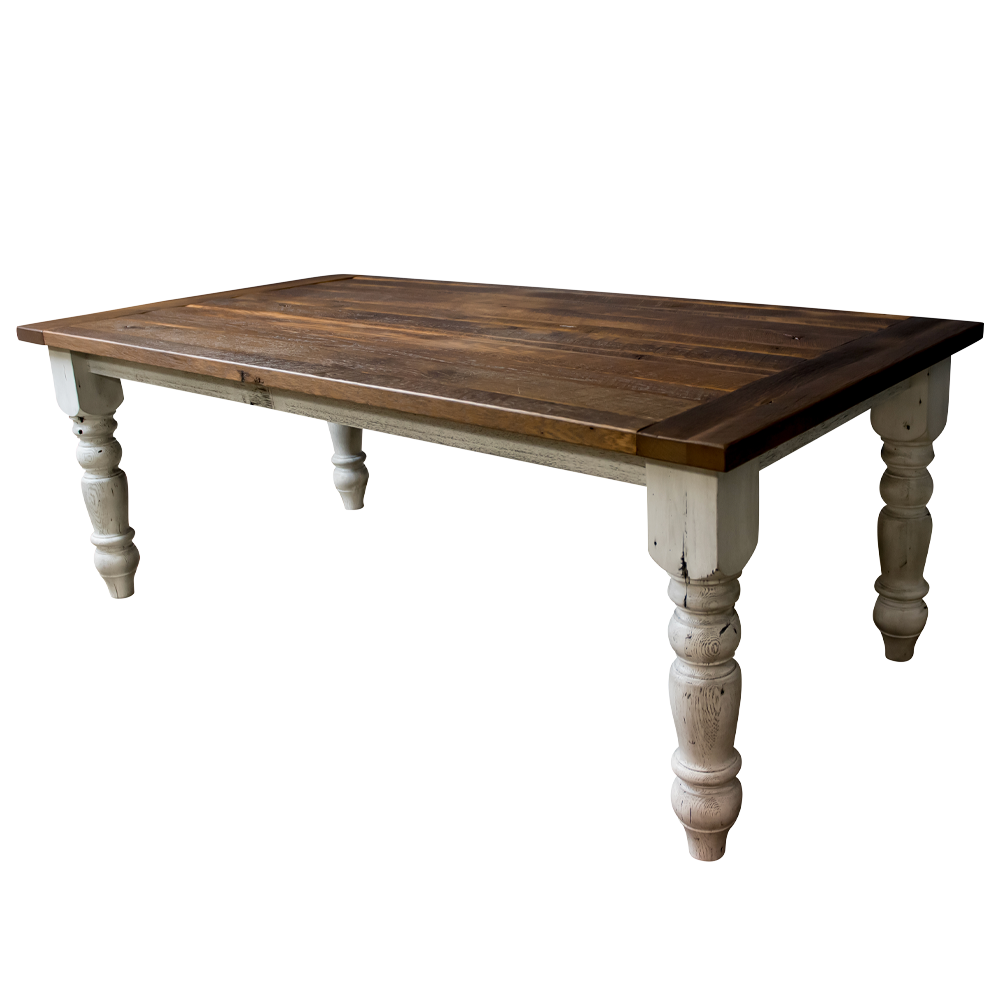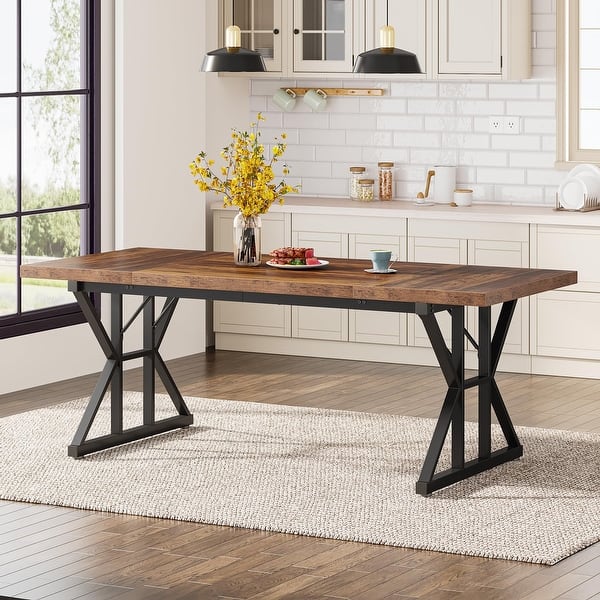Redefine Your Table's Charm with Gorgeous Dining Table Legs Wood Layouts
Redefine Your Table's Charm with Gorgeous Dining Table Legs Wood Layouts
Blog Article
Discovering the Various Kinds Of Dining Table Legs Wood for Your Dining Room
The selection of eating table legs wood can greatly influence both the aesthetic and practical top qualities of your eating room. Strong timber options, such as oak and walnut, provide a traditional look with unequaled durability, while engineered wood alternatives offer innovative designs that simulate the splendor of all-natural grains.
Strong Timber Options

Unlike crafted materials, solid wood is much less vulnerable to bending and damages over time when appropriately preserved. Each piece of solid timber is one-of-a-kind, showcasing specific features that include to the appeal and personality of the dining table.
Furthermore, solid wood can be finished in numerous means, varying from natural oils to stained finishes, enabling homeowners to personalize their furnishings to match their decoration. In summary, selecting strong timber for dining table legs not just makes certain architectural stability but additionally improves the visual allure of the eating area, making it a rewarding financial investment for any home.
Engineered Timber Alternatives

Plywood, built from multiple layers of timber veneer, is especially strong and secure, making it an outstanding selection for dining table legs. Its split structure allows it to withstand modifications in humidity and temperature level better than typical solid timber. MDF, on the other hand, supplies a smooth surface for paint or veneering, enabling developers to accomplish a refined appearance while preserving architectural integrity.
When choosing engineered wood options, it is important to think about the designated usage and wanted visual. These products not just boost the capability of eating rooms but likewise permit for greater layout flexibility, ensuring that standard and modern styles can exist together harmoniously.
Reclaimed Timber Includes
Redeemed timber uses an one-of-a-kind mix of sustainability and personality, making it a progressively prominent selection for dining table legs. Sourced from old barns, manufacturing facilities, and various other frameworks, recovered wood embodies a background that new materials merely can not reproduce. Each item brings its own story, noted by distinctive imperfections, knots, and differing grain patterns, which add to a table's special aesthetic charm.
Along with its aesthetic appeal, redeemed timber is an ecologically friendly alternative. By repurposing formerly used products, it minimizes the demand for brand-new lumber, therefore helping to conserve woodlands and reduce waste. This straightens with a growing customer preference for sustainable practices in furniture.
Moreover, reclaimed timber is usually a lot more resilient than freshly gathered timber because of its age. The all-natural drying process that reclaimed timber undergoes lead to a denser and stronger material, making it much less vulnerable to bending and splitting. This enhances the long life of dining tables, enabling them to withstand the rigors of day-to-day use.
Softwood vs. Wood
When selecting dining table legs, comprehending the distinctions in between softwood and wood is vital for attaining both functional and aesthetic objectives. They commonly exhibit a more rustic appearance, making them suitable for country-style or laid-back dining areas.
On the other hand, hardwoods, sourced from deciduous trees like cherry, maple, and oak, are renowned for their thickness, strength, and sturdiness. The complex grain patterns and rich colors of hardwoods offer a advanced and timeless allure, making them excellent for official eating settings. While hardwoods often tend to be extra pricey and larger, their strength versus deterioration typically justifies the investment.
Ultimately, the selection in between softwood and wood for dining table legs must line up with your layout vision, usage needs, and budget plan, making sure that your dining space shows your individual style while staying useful with time.

Therapies and finishes
The aesthetic appeal and durability of dining table legs can be dramatically improved through different finishes and treatments. These processes not only protect the timber from damages yet also elevate its appearance, enabling it to enhance varied indoor styles.
One typical treatment is tarnishing, which permeates the wood and improves its natural grain while including shade. Spots provide a rich, stylish look, enabling home owners to match their furnishings with existing decoration. Alternatively, clear coatings such as polyurethane or varnish develop a safety layer without changing the timber's initial tone, ensuring longevity against deterioration.
Furthermore, all-natural oils, like tung or linseed oil, nurture the wood and supply a subtle shine, all while being green. These oils enable the surface to take a breath, preventing wetness buildup and potential warping.
For those looking for a rustic charm, find out this here troubled or go to this site weather-beaten coatings can be put on create an aged look, adding character to the item. Inevitably, the selection of surfaces and treatments depends upon personal choice, wanted appearances, and the certain wood type, making it vital to take into consideration these aspects when choosing eating table legs for your area.
Conclusion
Strong timbers, engineered options, and reclaimed alternatives each deal distinctive benefits, catering to numerous choices and requirements. Ultimately, the selection of wood kind need to straighten with desired style, sturdiness, and ecological considerations, improving the general dining experience.
The choice of eating table legs timber can greatly affect both the functional and visual high qualities of your dining space - Dining Table Legs Wood. Solid timber alternatives, such as oak and walnut, give a timeless appearance with unequaled toughness, while crafted wood alternatives supply cutting-edge styles that imitate the richness of all-natural grains. Solid timber provides a timeless quality that can why not find out more raise the general design of an eating area. Each piece of strong wood is unique, showcasing individual features that add to the charm and personality of the dining table
In addition, redeemed wood is often extra resilient than newly gathered wood due to its age.
Report this page